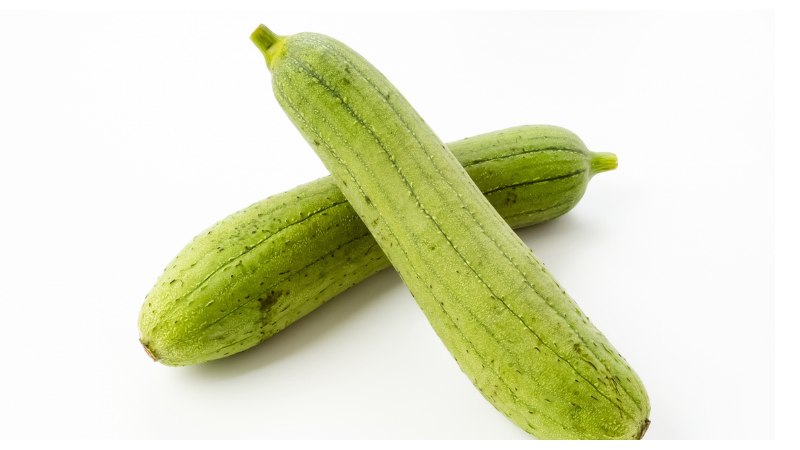
Grandpa AYA, the goya vines are looking a bit tired now. What’s next?”

Hehe, that’s just the right timing. It’s luffa’s turn. With its big leaves, it makes a great curtain, and in autumn it even turns into natural sponges.”
Even on a small balcony in Tokyo, the seasons take turns. As the goya slows down after a long summer, the luffa begins to spread its large, bold leaves and takes over as the main curtain. From here, it’s “the season of luffa.” And after that, you can look forward to colorful flowering curtains in autumn and a fence of miniature roses, like the variety Azumino, next spring.
Luffa as a Balcony Green Curtain
Compared to goya, luffa has larger, more dramatic leaves. A 2-meter-high, 3-meter-wide fence can quickly be covered with greenery, creating a refreshing view.
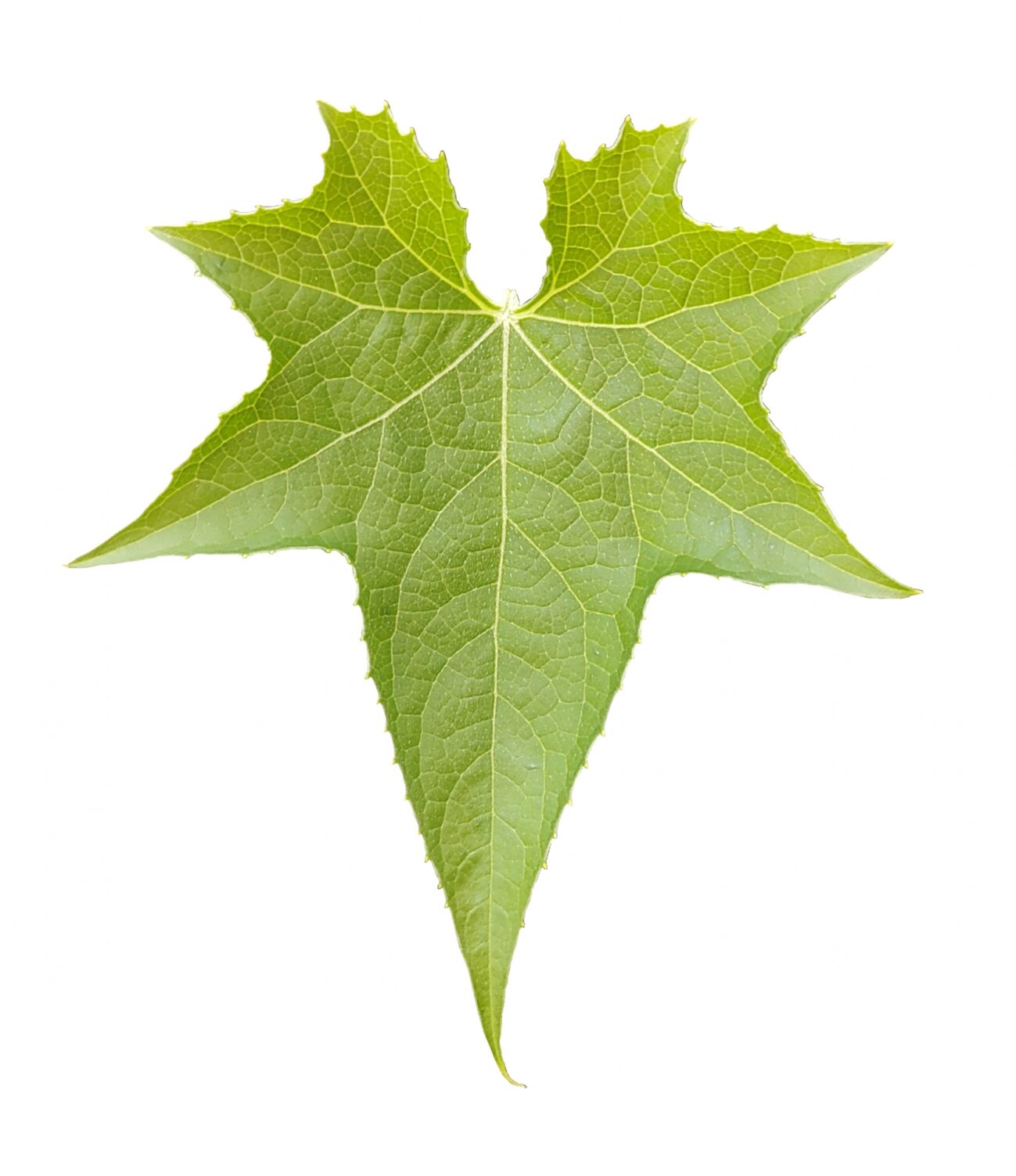
Spreading vines horizontally
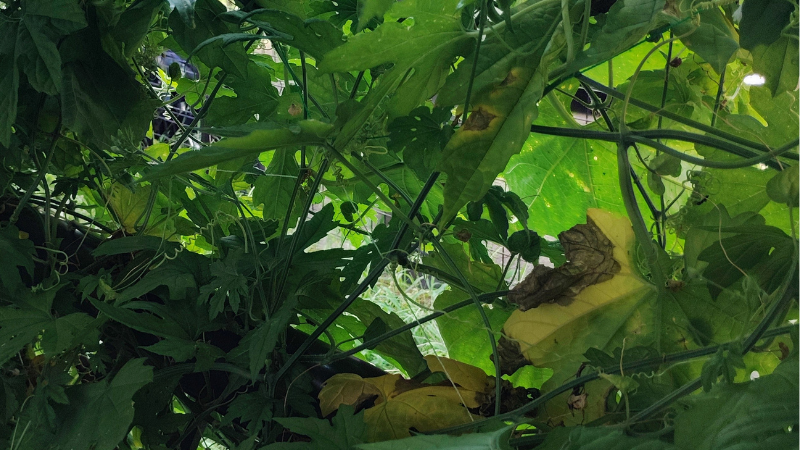
If you only let the main vine climb upward, the curtain becomes narrow and vertical. But if you guide the main vine sideways at around 1.6 meters, side shoots will branch out, thickening the curtain. If leaves start to overlap too much, thin them little by little to allow airflow.
Watering and Soil for a Tokyo Balcony
On a hot summer balcony, concrete reflects heat and quickly warms the soil in pots. Choose a planter of at least 30 liters to keep roots comfortable. Mix regular vegetable soil with akadama soil for good drainage and moisture retention.
Water twice a day in midsummer—generously in the morning, lightly misting the leaves in the evening to cool them down. Feed liquid fertilizer every two weeks to keep the vines strong.
From Seeds to Seedlings
Luffa seeds are hard and don’t sprout easily. Gently sand the tip of the seed and soak it in water overnight to improve germination. Once sprouted, select one or two of the strongest seedlings and plant them in the container.
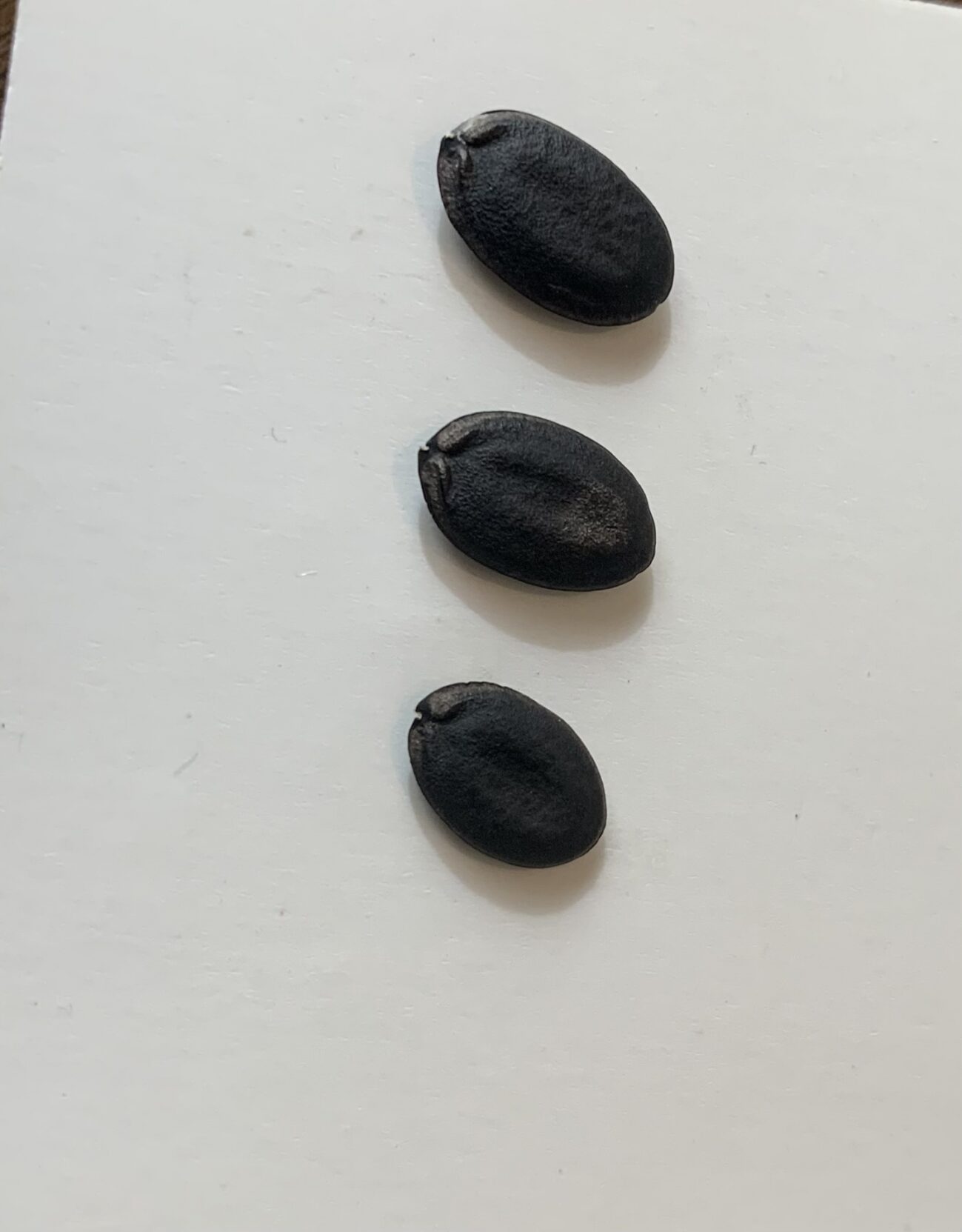
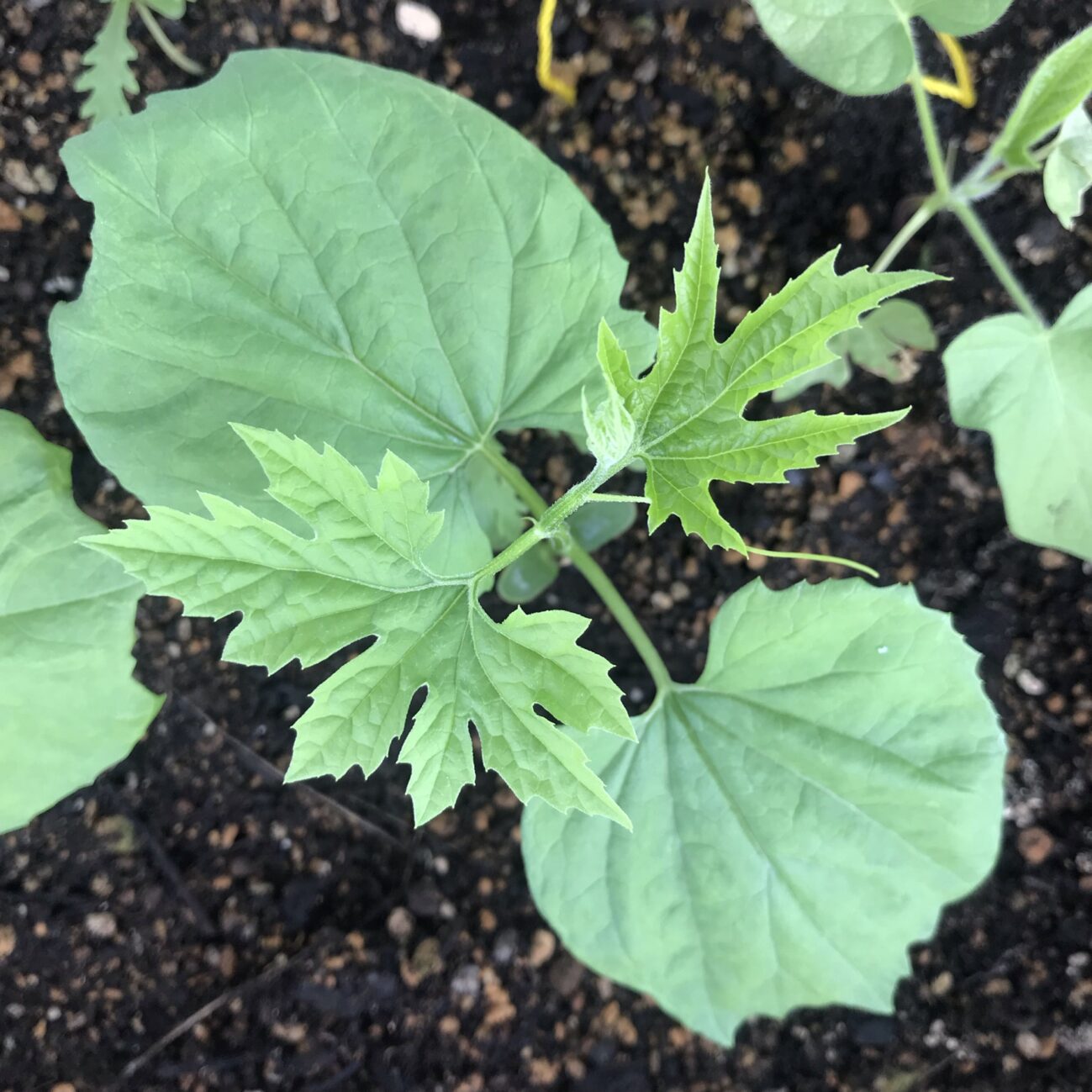
Training and Shaping the Vines
To make the curtain visually striking, decide on a “showpiece area” where the biggest leaves can spread. Guiding the vines there creates impact.
Around the air conditioner unit, keep foliage thinner to maintain airflow and prevent disease.
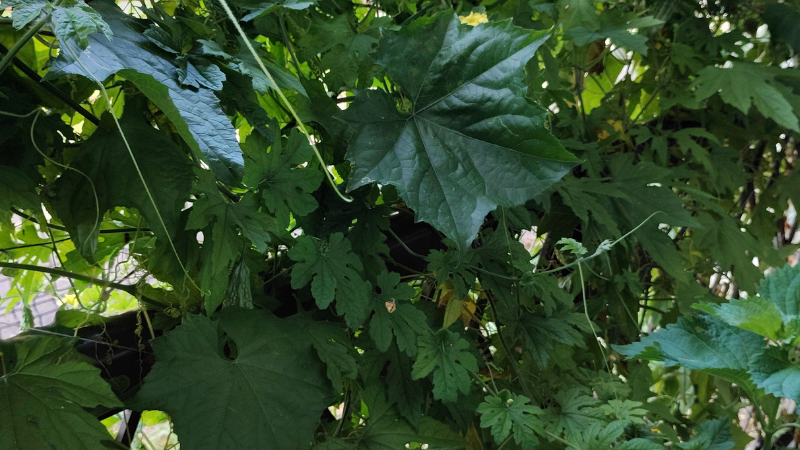
Harvesting for Food and for Use
Young fruits, about 20 cm long, are tender and mild in flavor—great for stir-fries or soups. They’re much gentler in taste than goya.
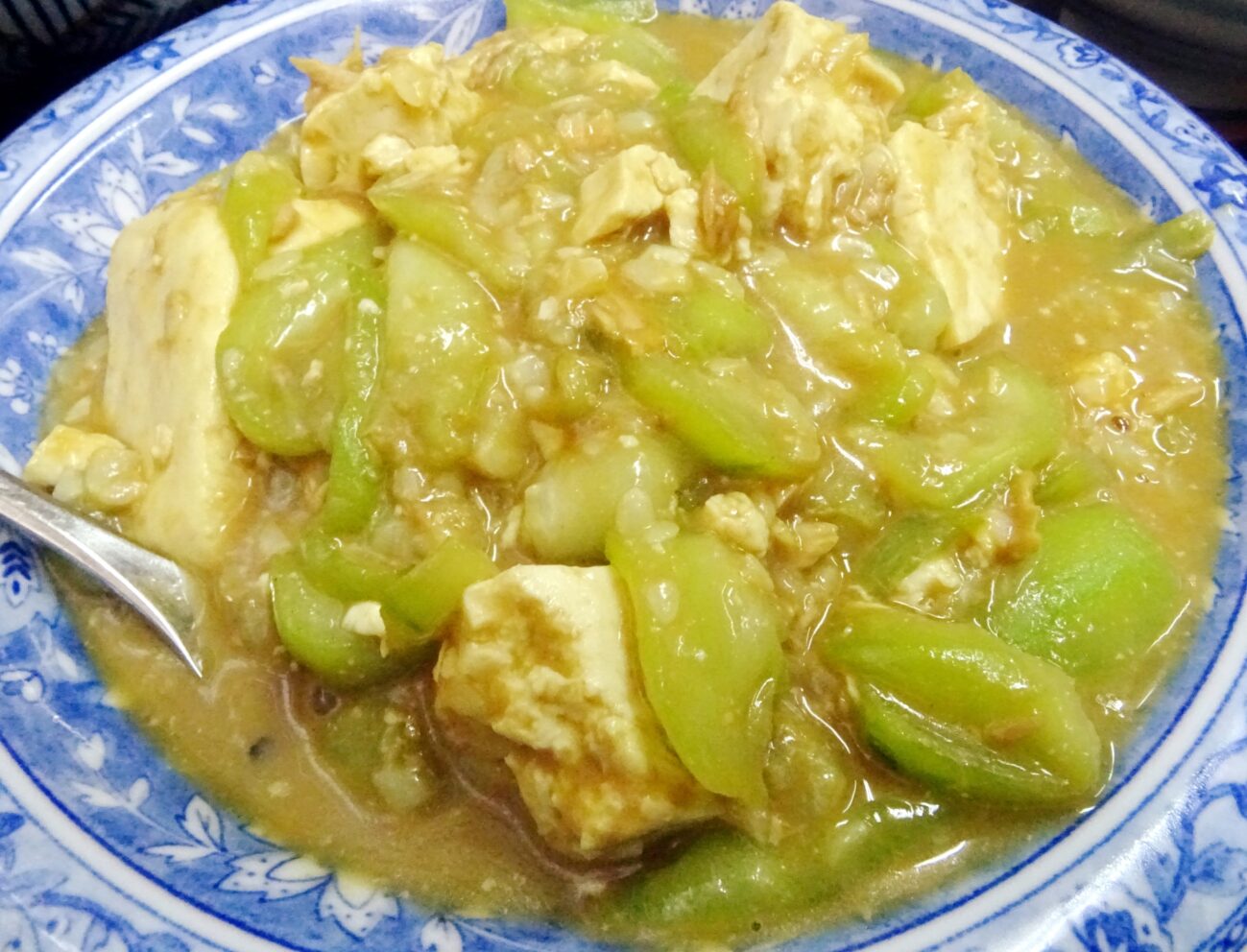
When fully ripe and yellow, luffa fruits can be peeled and dried to make natural sponges. These “luffa scrubs” are perfect for the kitchen or bath, a sustainable and eco-friendly alternative to plastic sponges.
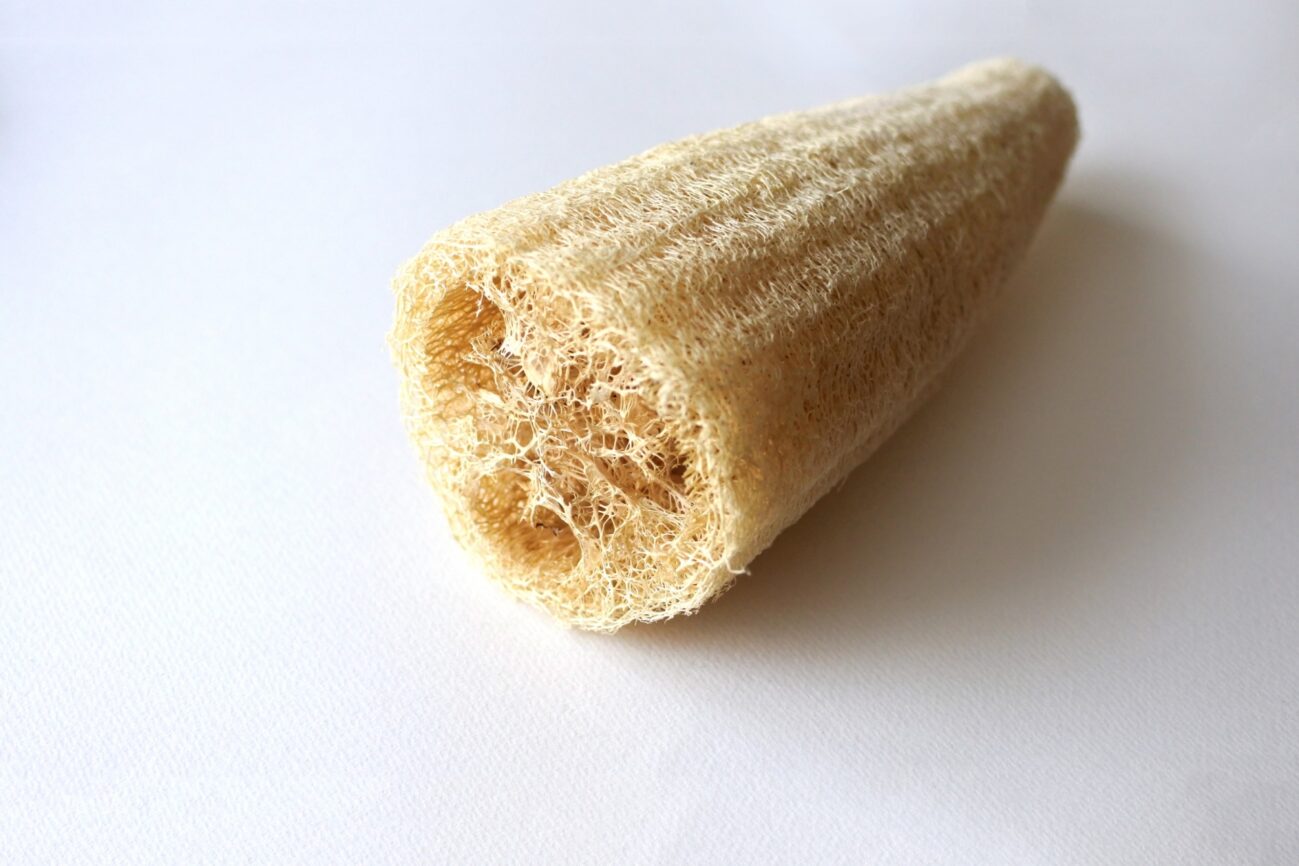
Dealing with Disease, Pests, and Storms
Luffa is prone to powdery mildew, so good airflow and keeping the leaves dry at night are important.
Before a typhoon, tie the vines more securely and move the pots closer to the wall. After the storm, remove the extra ties so the vines can grow freely again.
Enjoying a Seasonal Relay
In summer, goya and luffa provide a green curtain. In autumn, you can let flowering vines like asarina or cypress vine (ruko-sou) climb the fence for a floral curtain.
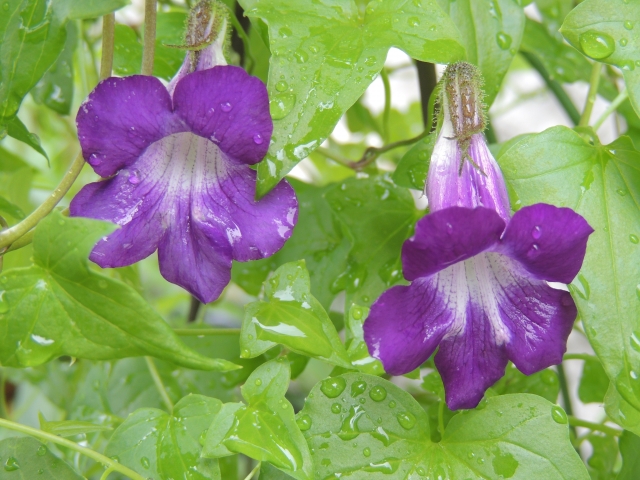
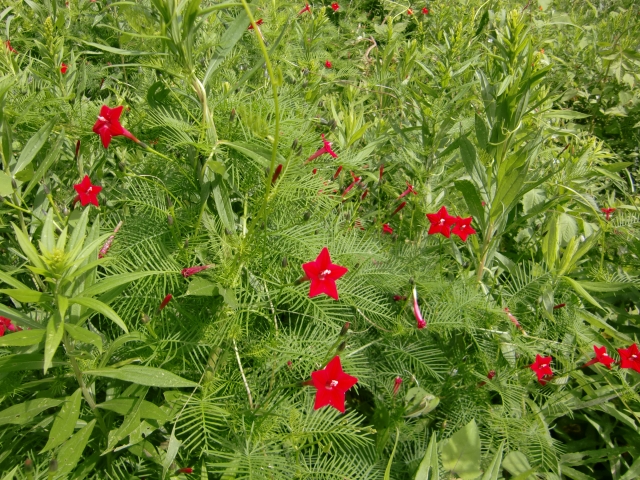
And by next spring, you can train the miniature rose Azumino across the same fence for a wall of blossoms. Even in a small Tokyo balcony, you can enjoy a relay of plants passing the baton from one season to the next.
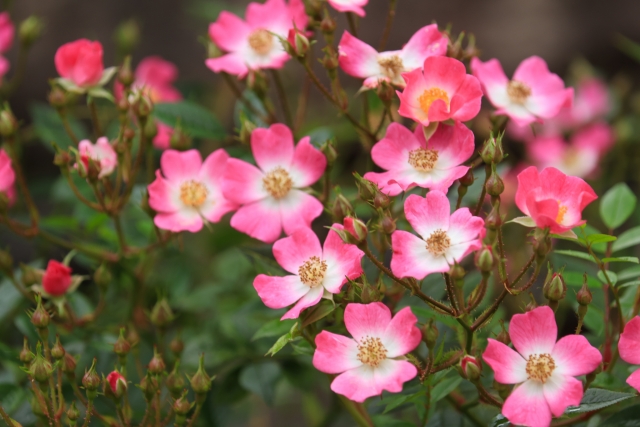
Conclusion
Goya brightens the summer, luffa carries the green curtain into autumn, asarina and cypress vine add floral charm, and finally next spring, Azumino roses take the stage.
Even in a limited balcony space, you can rotate the stars of your garden and enjoy the seasons one after another.
Luffa is not just a green curtain—it’s a plant you can eat, use, and admire, perfectly suited to urban balcony living.
